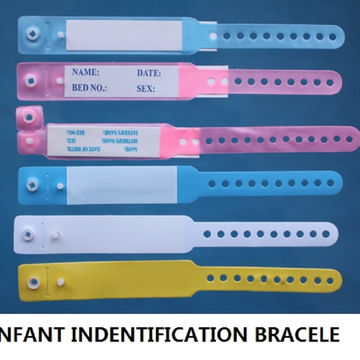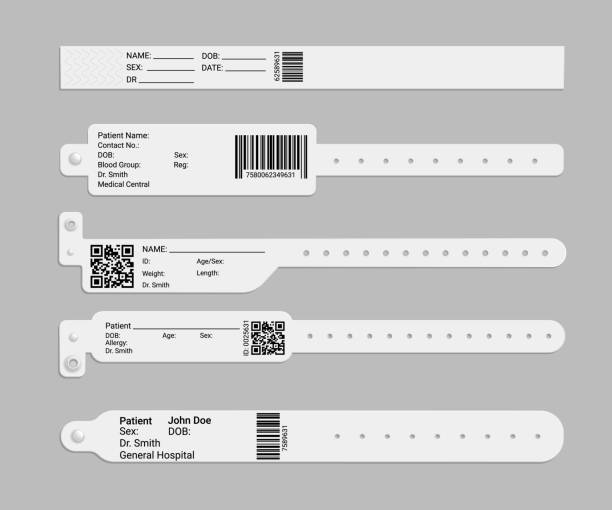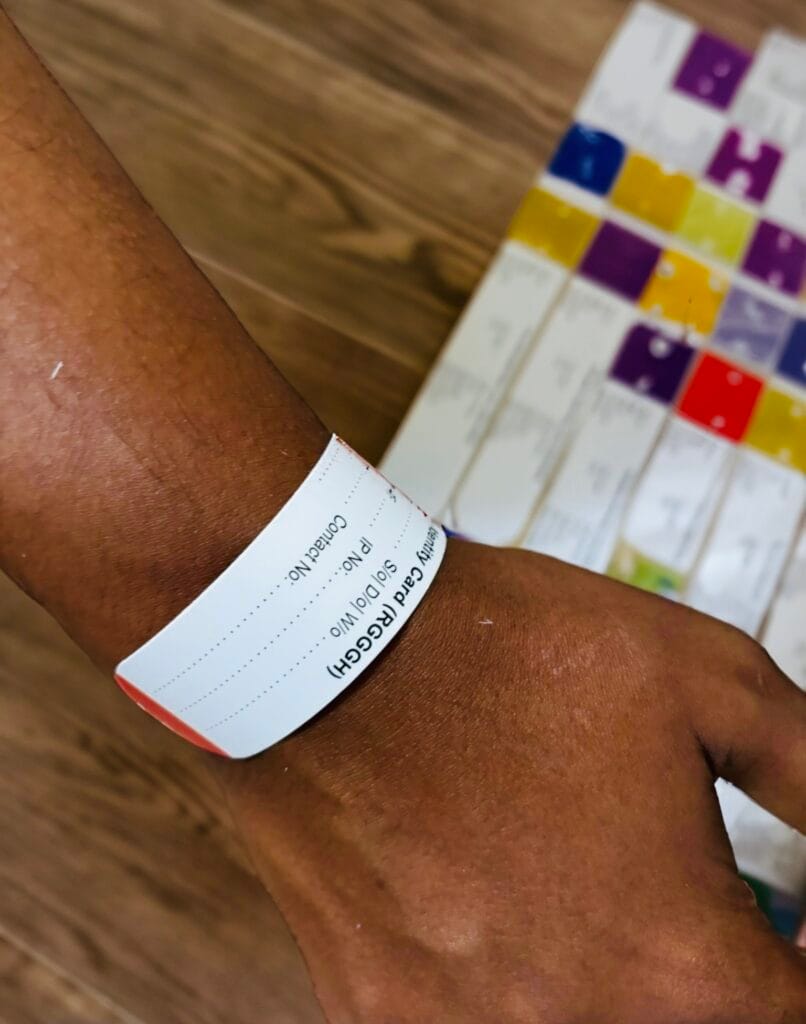Why Patient Identification Band is Essential for Safe and Accurate Health Care
Why Patient Identification Band is Essential for Safe and Accurate Health Care
Blog Article
Enhancing Patient Treatment With Reliable Identification Bands
The application of effective recognition bands is an essential component in improving individual care within health care settings. These bands not only serve to alleviate the threats linked with patient misidentification however also streamline communication among medical employees, thus promoting a safer atmosphere. Numerous kinds of identification bands accommodate details needs, from long lasting wristbands for adults to specialized bands for infants and important situations. As the landscape of client recognition progresses, one must think about the implications of these systems on total medical care distribution and individual results. What technologies wait for in this crucial area?
Relevance of Patient Recognition
Making sure precise individual recognition is essential in health care settings, as it straight impacts the safety and security and quality of treatment supplied. Misidentification can result in significant errors, consisting of administering the incorrect drug, executing inaccurate procedures, or miscommunicating crucial client info. Such errors not just threaten client security however can additionally lead to lawful implications and reduced depend on in healthcare systems.
Efficient individual identification is fundamental to developing a safe setting where patients obtain tailored and suitable treatment. It promotes the accurate documentation of case histories, allergies, and therapy strategies, making certain that healthcare providers have access to crucial information at all times. Robust recognition methods help improve communication among medical team, boosting cooperation and minimizing the threat of blunders.

Kinds of Identification Bands
Identification bands play a vital function in keeping precise client documents and enhancing security within medical care atmospheres. Different sorts of identification bands are used to accommodate the certain needs and requirements of various individual populations.

An additional type is the ankle joint band, which is particularly useful for babies and babies, making sure that identification remains undamaged also throughout care procedures. Specialized bands, such as those for allergy signals or fall risk signs, provide additional layers of security by attracting prompt focus to crucial client conditions.
Recently, electronic identification bands have obtained appeal, incorporating barcodes or RFID technology that can be scanned to quickly recover client data. These bands simplify workflows and reduce the risk of human error during client recognition processes.
Benefits of Efficient Recognition
Reliable identification of patients via the usage of recognition bands adds considerably to overall client safety and security and care high quality. By guaranteeing that each patient is accurately identified, doctor can successfully match medical therapies and treatments to the appropriate individual, lessening the threat of mistakes. This is specifically essential in settings with high individual turnover, where the potential for misidentification is higher.
Additionally, effective recognition bands boost interaction among medical care groups. Exact and clear person identification promotes partnership and ensures that all employee are mindful of a client's specific demands and clinical history. This interaction is necessary for providing collaborated treatment, particularly in emergency situation situations where time is important.

Ultimately, effective identification via the use of identification bands not just safeguards patients but likewise promotes a society of safety within medical care centers (Patient Identification Band). By prioritizing precise identification, healthcare companies can improve results and improve the total client experience
Carrying Out Identification Solutions
While the importance of individual recognition is well acknowledged, the implementation of durable identification systems positions a facility challenge for medical care companies. Developing effective recognition systems calls for a thorough method, encompassing innovation, personnel training, and procedure assimilation.
First, organizations must choose appropriate identification innovations, such as barcode scanning, RFID, or biometric systems. Patient Identification Band. These innovations should be examined based on price, use, and compatibility with existing framework. A pilot program can aid determine possible concerns before full-scale implementation
Next, extensive training for team is important. All personnel have to comprehend the relevance of exact patient identification and be skillful in using the picked modern technologies. Routine training updates and evaluations can reinforce best techniques and make certain continued compliance.
Furthermore, health care organizations must develop standardized treatments for client identification throughout all departments, lessening discrepancies and enhancing interaction. Routine audits can aid determine voids in adherence to these protocols.

Ultimately, an efficient application of recognition systems not only boosts client safety however likewise promotes a society of liability and persistance within health discover this info here care setups, guaranteeing regular and trustworthy client treatment.
Future Trends in Person Identification
Developments in modern technology are readied to change person identification methods in medical care settings. The assimilation of biometric identification approaches, such as fingerprinting and facial acknowledgment, is anticipated to improve precision and security. These innovations can considerably reduce the threat of misidentification, making certain this content that clients obtain the correct treatments and drugs.
In addition, the application of blockchain innovation for individual documents is gaining traction. This decentralized method can offer a safe and secure and tamper-proof technique for handling individual identities, thus simplifying access to essential info throughout different health care companies.
One more trend is the raising use of mobile health and wellness applications that take advantage of QR codes for individual identification. These applications permit real-time updates and easy access to person data, encouraging healthcare experts to make informed choices promptly.
In addition, artificial knowledge (AI) is poised to play a vital duty in assessing patient recognition data, identifying patterns, and forecasting prospective identification errors prior to they take place.
As these innovations progress, they assure not only to improve patient safety and security however additionally to boost the total performance of healthcare delivery systems. Embracing these developments will certainly be critical for future-proofing person care techniques.
Conclusion
In final thought, reliable identification bands are crucial for improving person safety and care quality within healthcare setups. By reducing the threats related to misidentification, these bands facilitate timely and accurate info retrieval, inevitably improving communication among medical care service providers. The application of durable identification systems not just fosters a society of safety and security yet likewise positions health care institutions to adapt to future trends in individual identification innovation, ensuring optimal end results for patients next in diverse professional atmospheres.
As the landscape of person recognition develops, one must consider the effects of these systems on overall healthcare distribution and person results.Efficient patient recognition is fundamental to developing a protected atmosphere where people obtain ideal and tailored treatment. Ultimately, focusing on effective person recognition techniques not only promotes a society of safety however likewise contributes to improved patient outcomes and overall satisfaction with healthcare solutions.
Reliable identification of clients through the usage of recognition bands contributes significantly to total person safety and care high quality. The execution of robust recognition systems not just fosters a culture of safety and security however also settings healthcare institutions to adapt to future fads in person recognition innovation, making sure ideal end results for people in varied professional environments.
Report this page